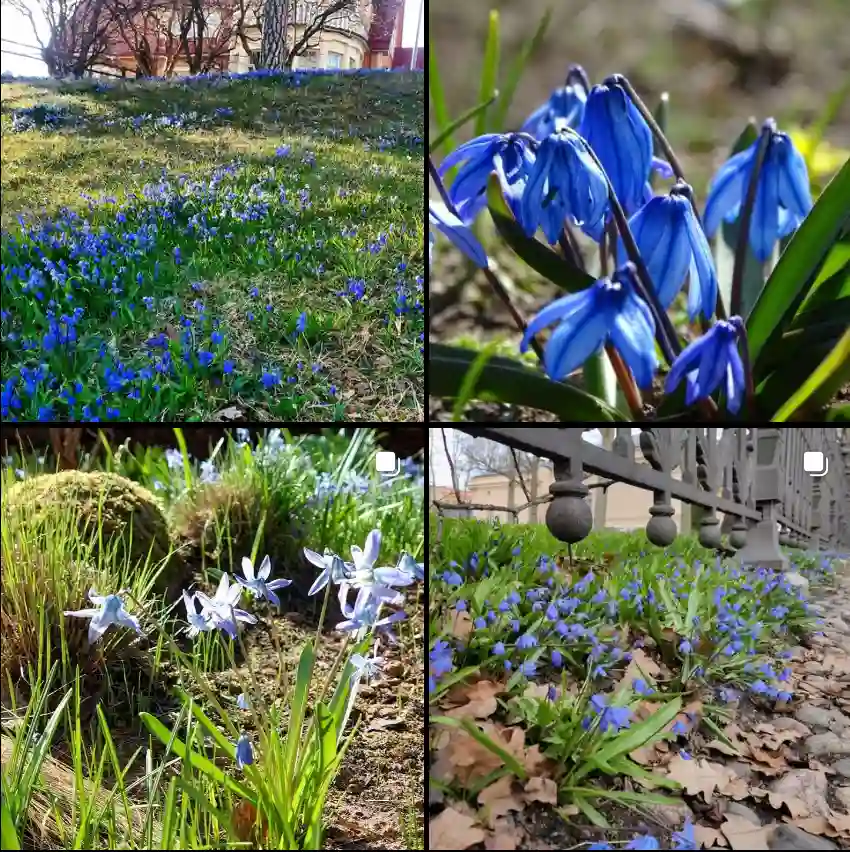Retama: A Resilient Beauty
My name is Ferb Vu, and I’ve always been fascinated by the resilience of life, especially in harsh environments. This fascination led me to the Retama genus, a group of flowering shrubs in Fabaceae – the legume family that thrive in arid and semi-arid regions. These plants, with their delicate blooms and tenacious spirit, are a testament to nature’s ability to adapt and flourish even in the face of adversity.
A Diverse Genus
The Retama genus boasts a variety of species, each with its unique characteristics:
- Retama dasycarpa: Known for its delicate, feathery foliage, Retama dasycarpa thrives in arid, open environments. This shrub’s slender green stems are often adorned with small, white or pale yellow flowers that appear in clusters. Adapted to extreme heat and poor soils, it is a hardy, drought-tolerant species commonly found in scrublands and desert regions. Its deep root system helps prevent erosion, making it ecologically valuable in dry landscapes.
- Retama monosperma: Also called bridal veil broom, Retama monosperma is characterized by its strikingly fragrant white flowers that bloom in abundance along its thin, leafless stems. Native to the Mediterranean and parts of North Africa, this species grows well in sandy soils and coastal dunes, where it helps stabilize the soil. Its graceful, wispy appearance and fragrant blossoms make it popular in ornamental landscapes, especially in regions with hot, dry summers.
- Retama raetam: Commonly known as white broom, Retama raetam is a tough, resilient species native to the deserts of North Africa and the Middle East. Its slender green stems give it a fine, airy appearance, while clusters of small white flowers add seasonal interest. This species has developed strong drought tolerance and can thrive in extreme desert conditions, serving as a shelter for wildlife and an important resource for soil stabilization in barren landscapes.
- Retama rhodorhizoides: This lesser-known species, Retama rhodorhizoides, features thin green branches that produce small, colorful blooms during the flowering season. Found primarily in arid regions, it thrives in sandy or rocky soils and endures high temperatures. Though not as widespread as other Retama species, it contributes to local biodiversity by providing habitat for native insects and wildlife and plays a role in erosion control in desert environments.
- Retama sphaerocarpa: Often called yellow broom, Retama sphaerocarpa is a distinctive Mediterranean shrub known for its golden-yellow flowers that appear in dense clusters along the stems. This species is highly adaptable to various soil types, including poor, dry soils, and it frequently appears in semi-arid landscapes. With its resilience against drought and heat, Retama sphaerocarpa is valued for its ability to enrich soils with nitrogen, supporting plant diversity in harsh climates.
Adapting to Thrive
What truly captivates me about Retama is its remarkable ability to thrive in challenging conditions. These plants have evolved to withstand drought, strong winds, and poor soil. Their deep root systems allow them to access water deep beneath the surface, while their small leaves minimize water loss through transpiration.
This resilience makes Retama an important player in combating desertification and restoring degraded lands. Its ability to stabilize soil and prevent erosion makes it a valuable tool in ecological restoration efforts.
A Symbol of Hope
Beyond its ecological importance, Retama also holds cultural significance. In some cultures, it is seen as a symbol of hope and resilience, representing the ability to overcome challenges and flourish even in difficult circumstances.
For me, Retama serves as a constant reminder of the power of adaptation and the beauty of resilience. It is a testament to the enduring spirit of life and an inspiration to persevere in the face of adversity.
If i die, water my plants!



